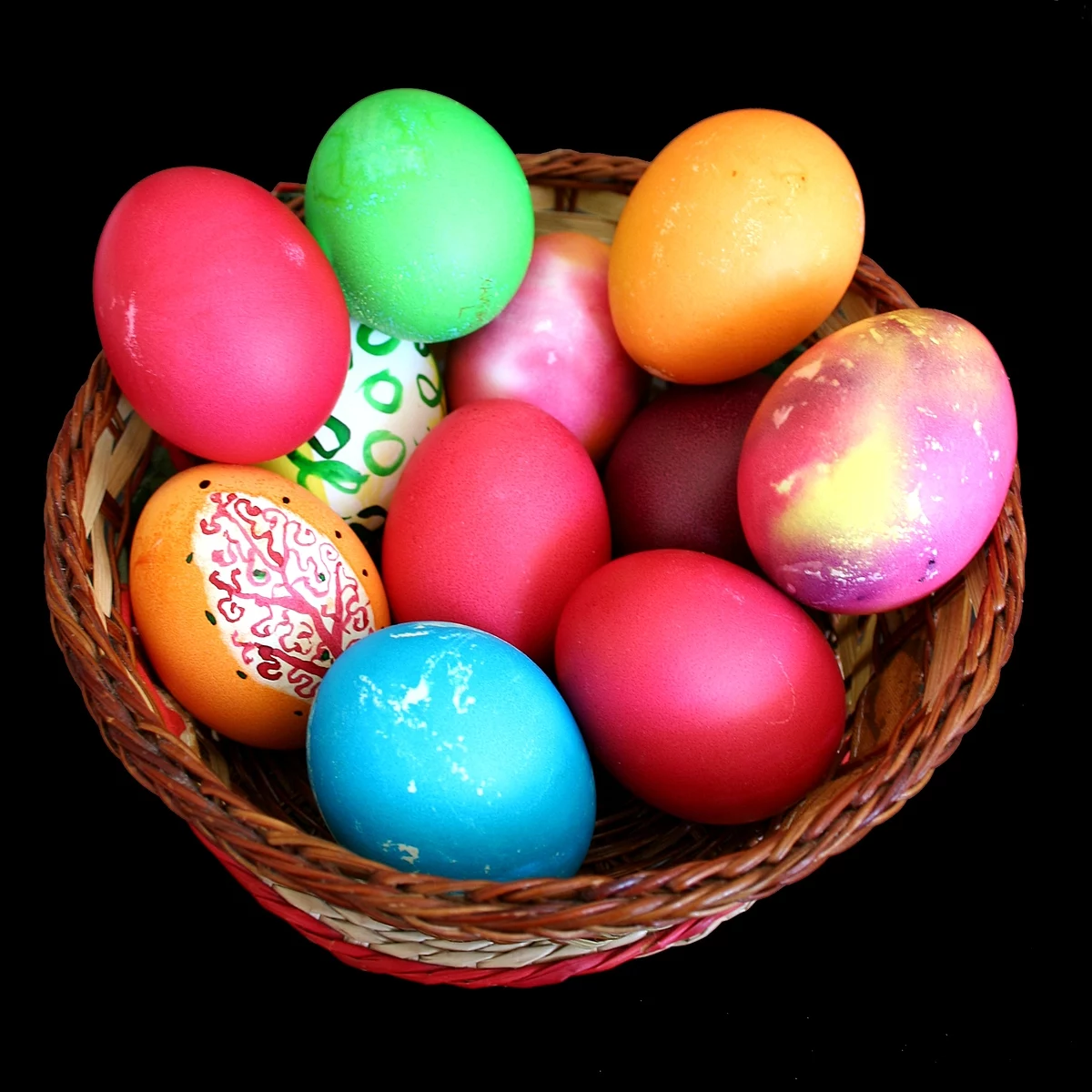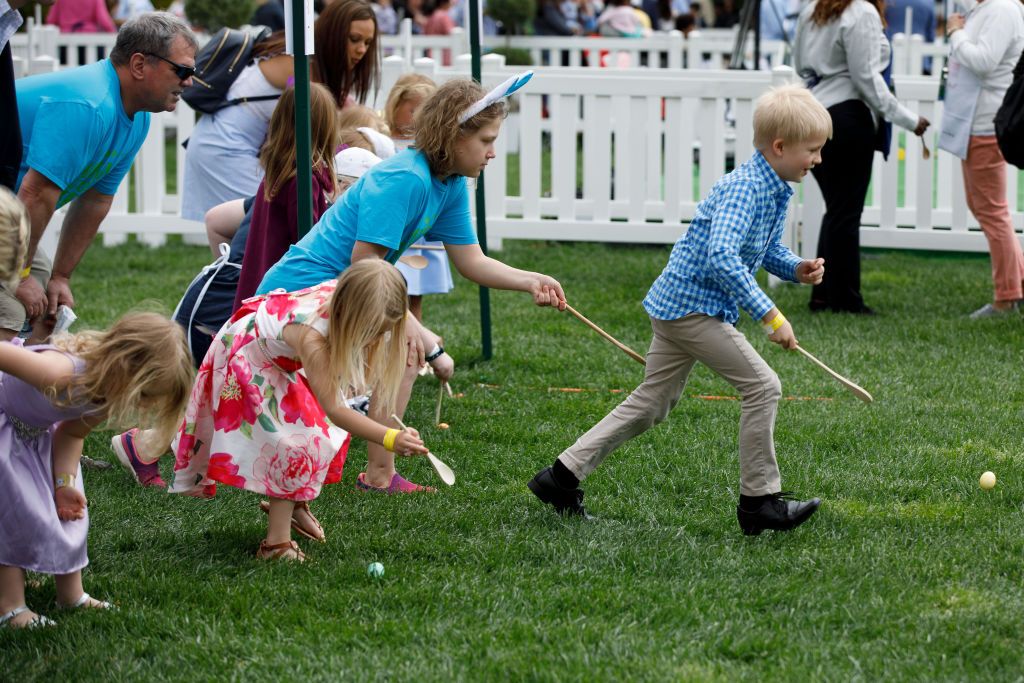Curious about the meaning of Easter Eggs? Easter is celebrated with lots of fun, activities, delicacies, and of course, Easter eggs.
Have you wondered why eggs remain so integral part of the Easter Celebration? Eggs and Easter have a long association and significance.
Many of us may think that Easter Eggs and Easter Egg Hunts are only a commercialized form of Easter celebration. However, their roots are deeply embedded in the practices of early Christians in the eastern culture. There is a religious significance behind the incorporation of eggs in the Easter Celebration.
Why Do We Have Easter Eggs?
Eggs were a symbol of fertility and rebirth in a pagan culture. Easter eggs were used by early Christians to symbolize parts of the Easter story. These eggs represent the same empty tomb from which Jesus Christ was resurrected.
In the era of early Orthodox churches, the priests would bless Easter eggs and distribute them to the congregants at the end of the Paschal vigil. Some denominations still observe Paschal vigil, happening a day before Easter, where a service is carried out on Saturday morning or night. This service remains similar to the Christmas Eve service. The followers read scripture, light candles, and also perform a baptism.
During the service, Easter eggs are handed out to symbolize the resurrection of Christ. The hard shell of the egg represents the sealed tomb, whereas its cracking represents the resurrection of Jesus from the dead.
Different Easter Egg Traditions
Listed below are the famous Easter egg traditions carried out around the world.
Painting Eggs
On Easter, the whole family participates in a beloved tradition of painting the eggs. The eggs taken to paint are the real ones. To practice this tradition, boil hard eggs in boiling water for ten minutes. Once they cool, you may paint them in the manner you want.
Dyeing Eggs
Easter eggs are not just painted, but dyed too. Traditionally, the people would dye the eggs in red color to represent the blood of Jesus Christ while its hard shell symbolizes the sealed tomb. To dye eggs, you may take any food coloring. You may also use natural dyes such as onion skins, beetroots, etc. You may either keep the dyed eggs or discard them. If you want to keep them, it is vital to empty them.
To hollow the Easter eggs, use a sharp knife or needle and prick holes at the top and bottom of the raw egg. Use a skewer to swirl around its inside to break the yolk. Blow into one end of the egg to get the inside out through the other end.
You can prepare your dye and take some vinegar and warm water to cover the egg. Use some elastic bands around the egg to create beautiful dyeing patterns.
Rolling Eggs
Rolling eggs is a symbol of re-enactment of rolling the stone away from Jesus’ tomb. Thus, it remains a favored activity among all.
To roll your Easter egg, find a suitable hill and roll them down.
The above-listed Easter egg activities and traditions are practiced worldwide by the followers. Which one is the best for you?
Keep in touch to know more.




